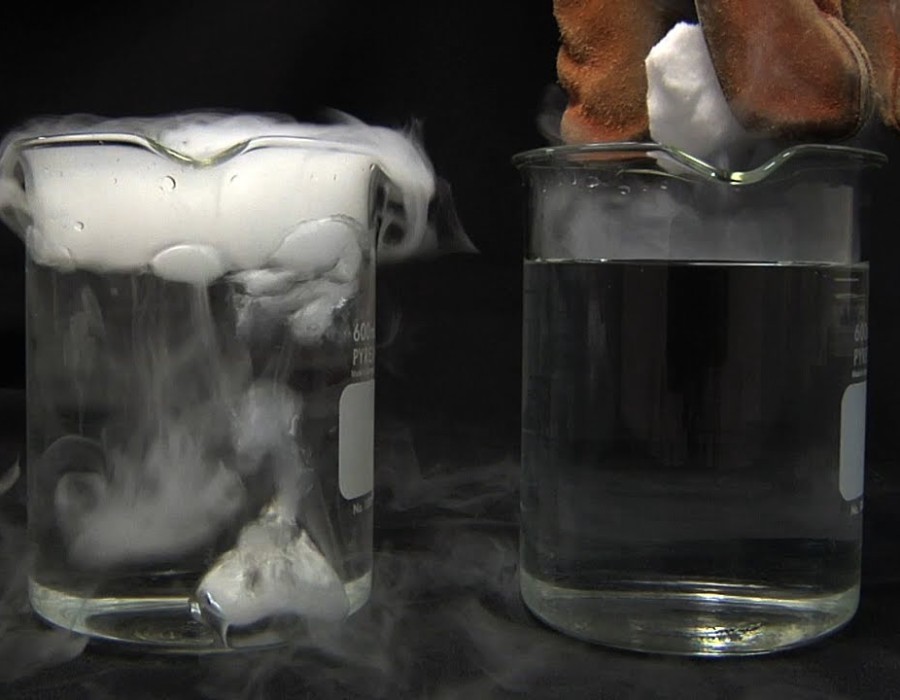Dry ice and liquid nitrogen are indispensable in industries requiring extreme cold temperatures, yet they differ significantly in handling and usage.
Handling and Usage of Dry Ice:
Dry ice, or solid carbon dioxide (CO2), is known for its chilling properties at -78.5°C (-109.3°F). When it sublimates, it turns directly from a solid to a gas, producing CO2 vapor. Handling dry ice requires caution; it can cause frostbite upon direct contact and must be stored in well-ventilated areas to prevent the buildup of CO2 gas. For industries in Jaipur needing reliable cooling solutions, sourcing from a trusted dry ice manufacturer in Jaipur ensures freshness and quality.
Applications:
Dry ice is widely used for preserving perishable goods during shipping, as well as in medical applications such as cryotherapy. Its ability to rapidly cool and maintain low temperatures makes it ideal for creating theatrical fog effects and cleaning applications where residue needs to be minimized.
Handling and Usage of Liquid Nitrogen:
Liquid nitrogen, boiling at an extremely low temperature of -196°C (-321°F), requires specialized handling due to its potential for causing severe burns and frostbite upon contact with skin. Protective equipment such as cryogenic gloves and face shields are necessary when working with liquid nitrogen.
Applications:
Liquid nitrogen is crucial in cryogenic applications, such as freezing biological samples, preserving tissues for medical research, and in the culinary industry for flash freezing foods. Its ability to maintain ultra-low temperatures makes it indispensable in scientific laboratories and food processing facilities.
Choosing the Right Cooling Agent:
When comparing dry ice and liquid nitrogen, the choice depends on specific needs for temperature control, safety considerations, and application requirements. For businesses in Jaipur, partnering with a reputable dry ice manufacturer in Jaipur ensures reliable supply and adherence to safety standards, crucial for maintaining product integrity and operational efficiency.
In conclusion, both dry ice and liquid nitrogen offer unique advantages in handling and usage, catering to diverse industries' needs for extreme cold temperatures. Understanding their characteristics and applications helps businesses make informed decisions to optimize their processes effectively.





Comments